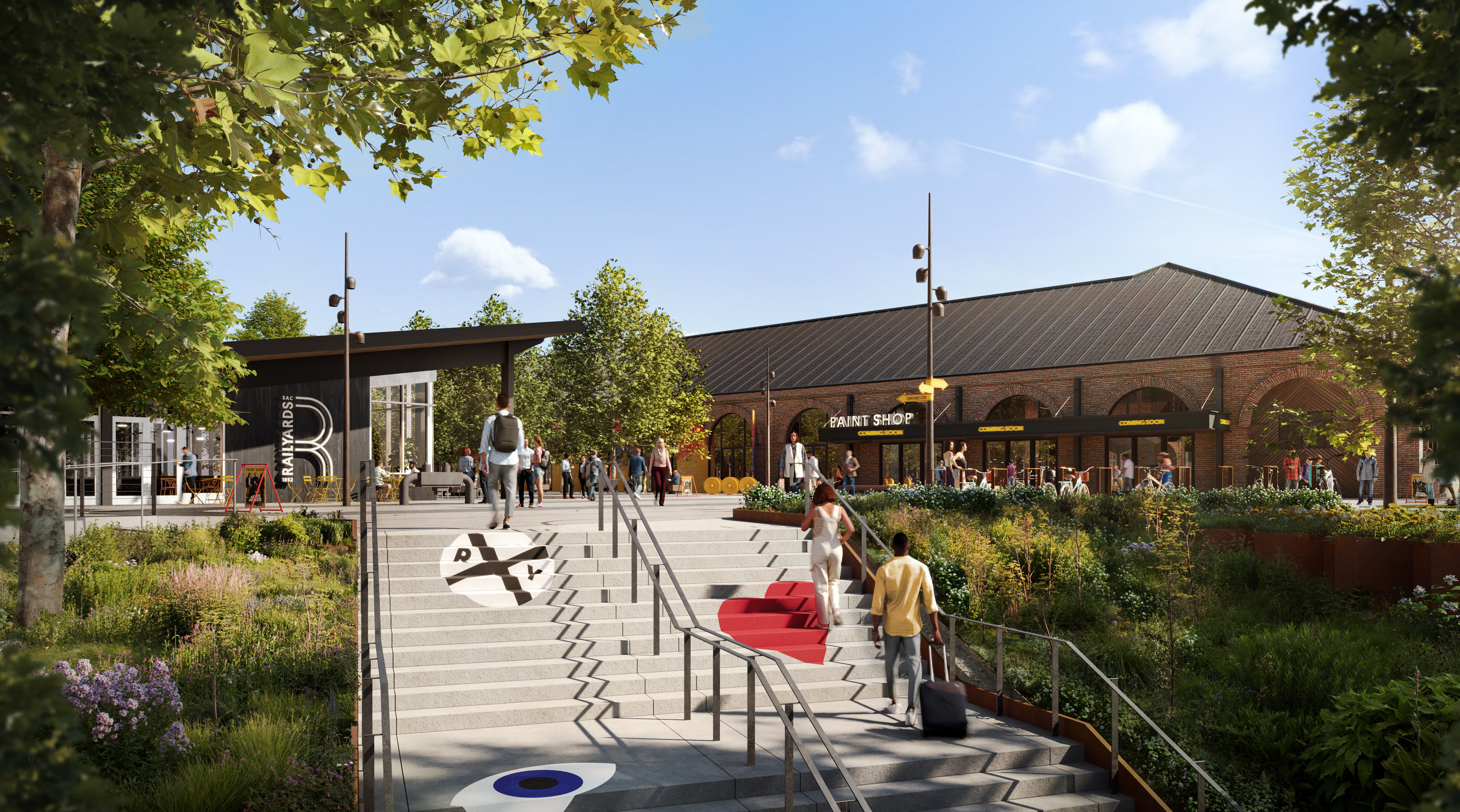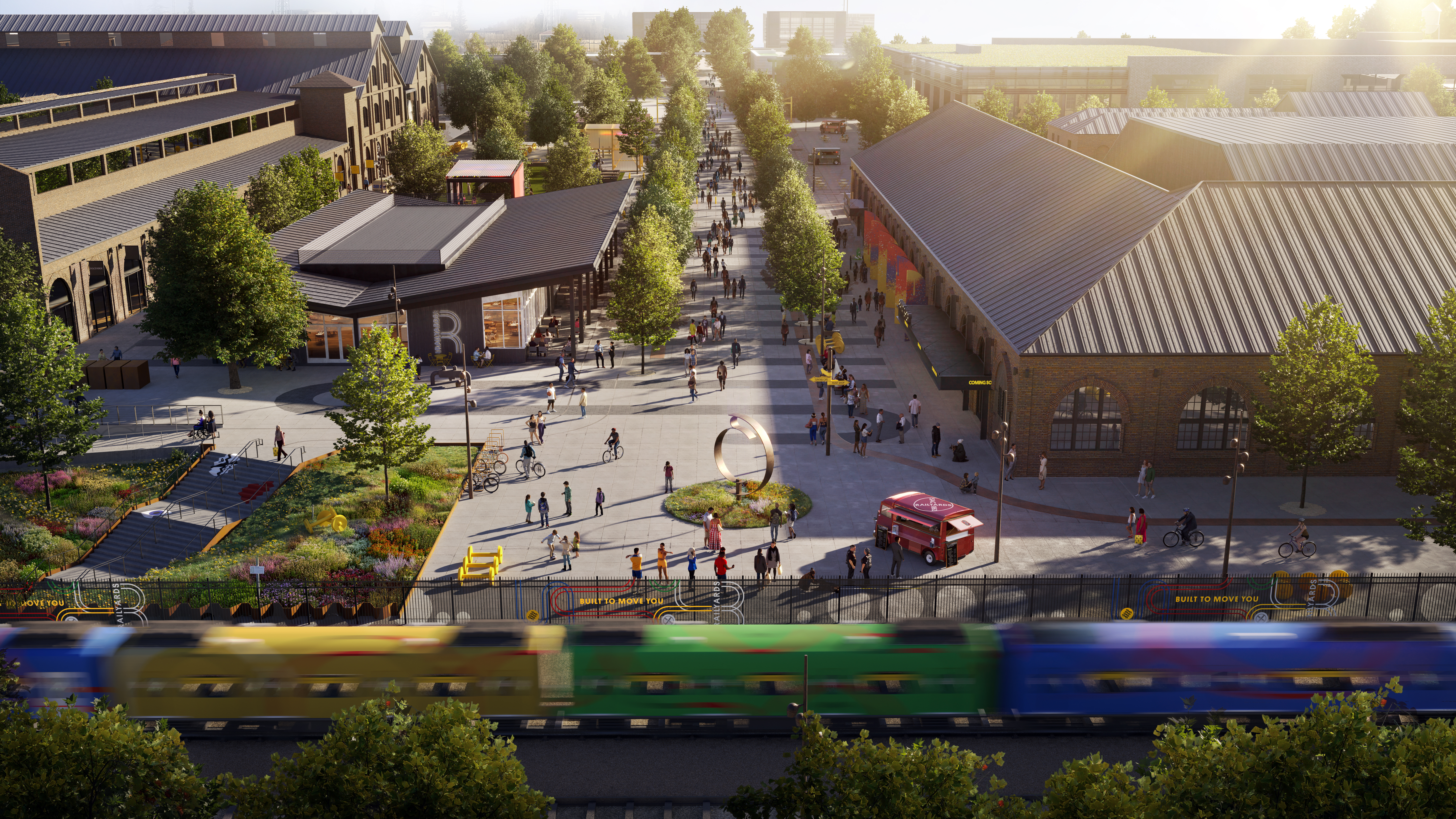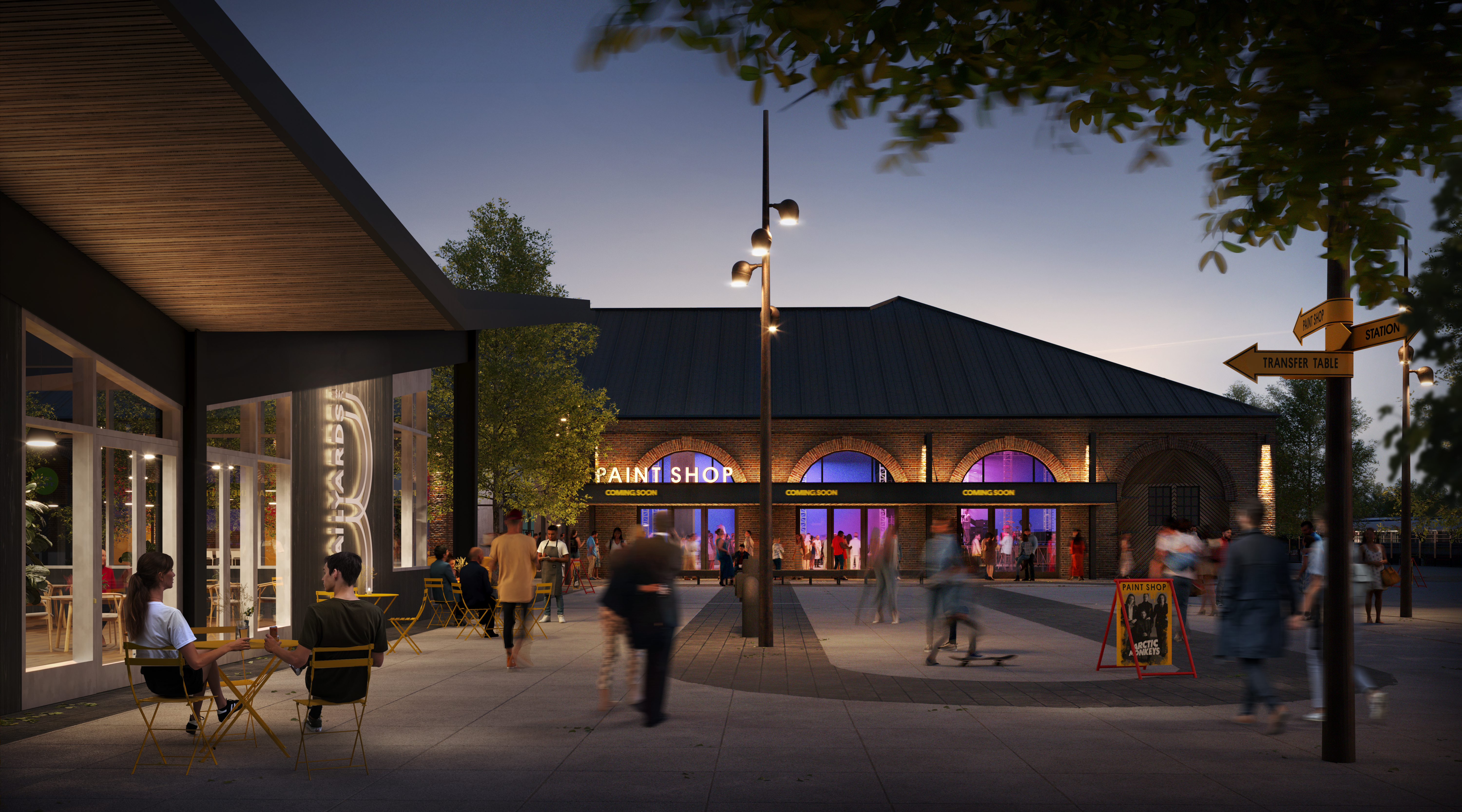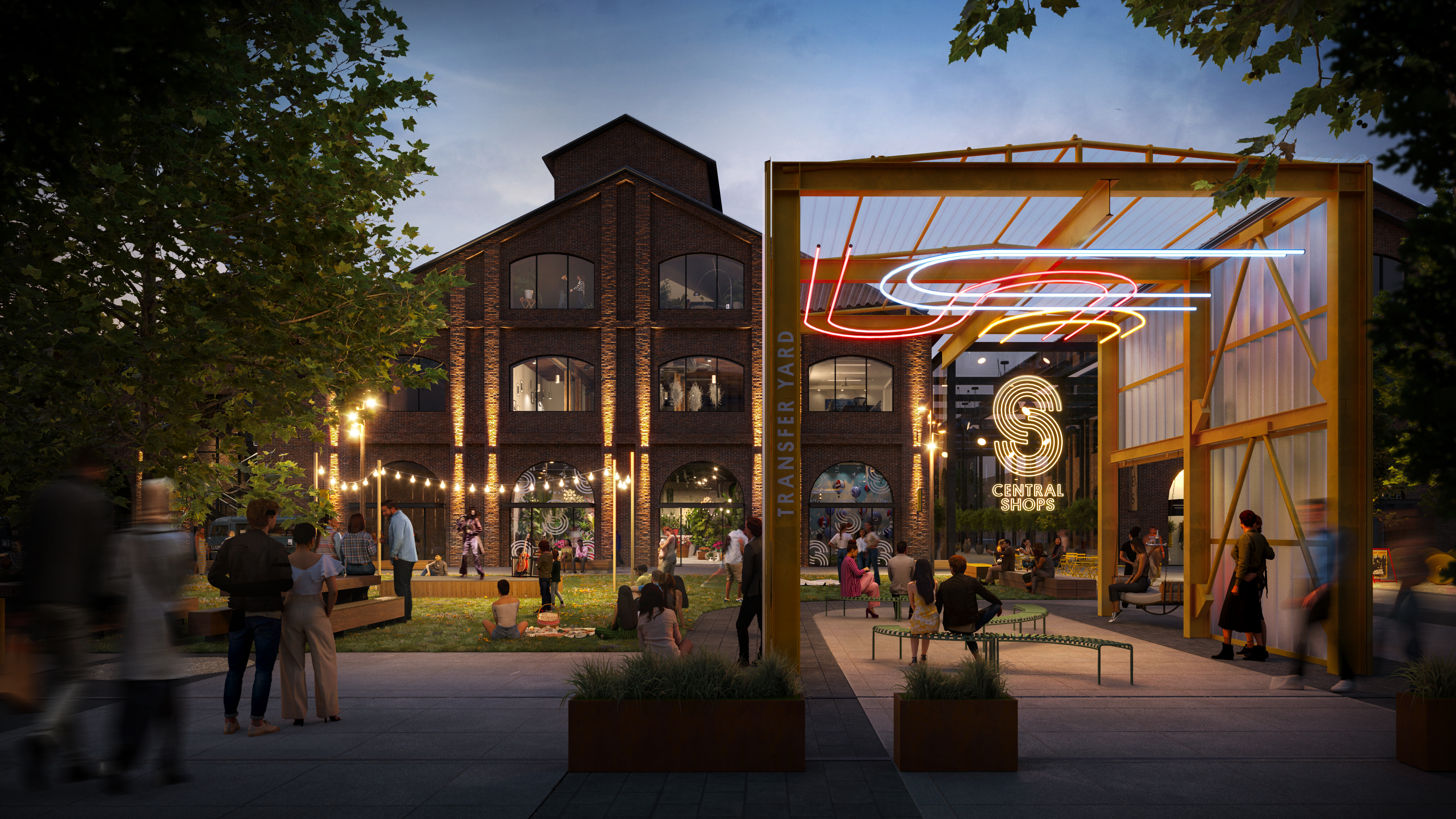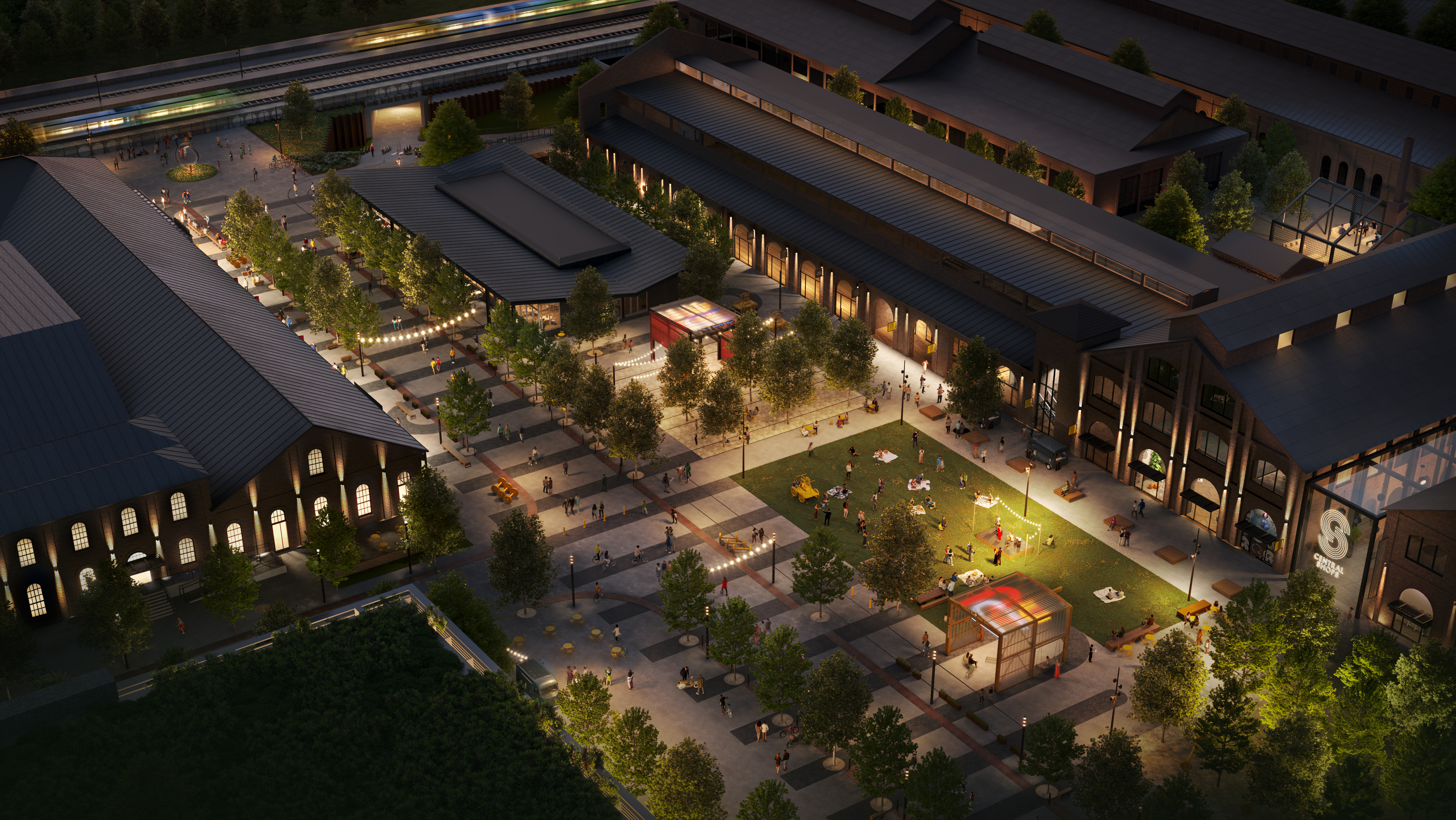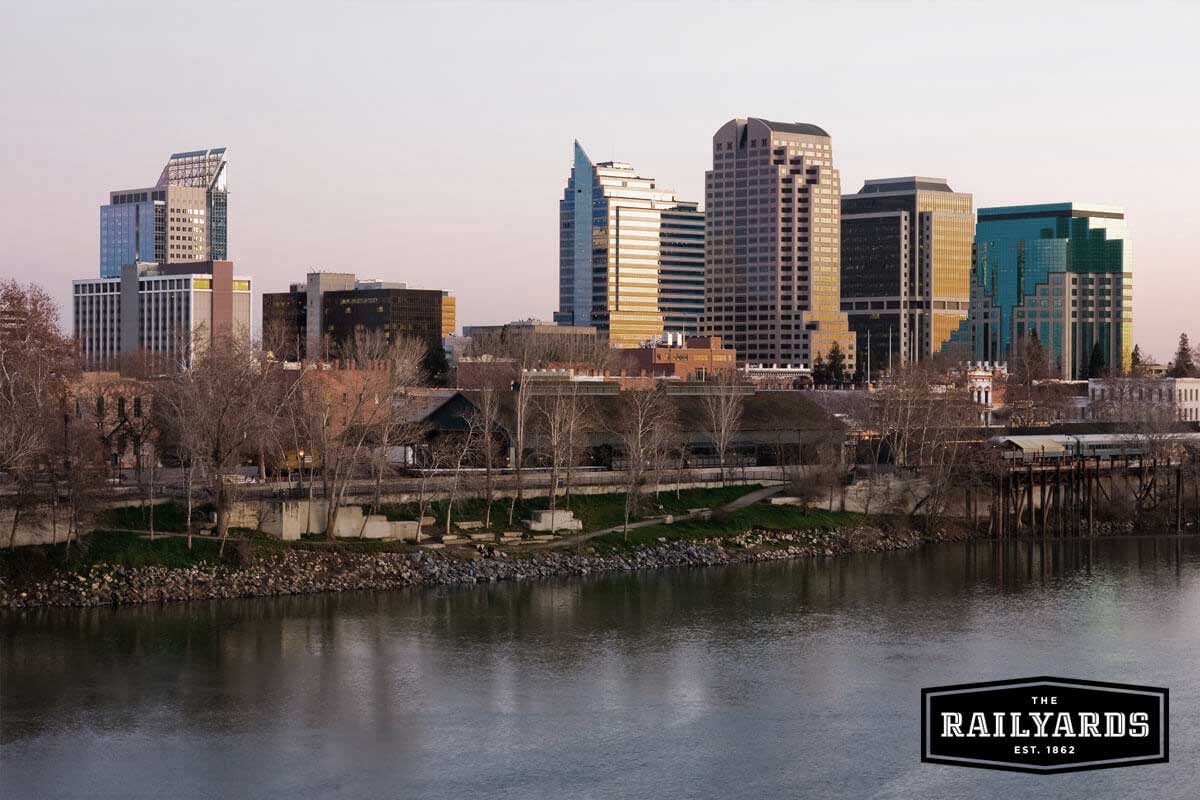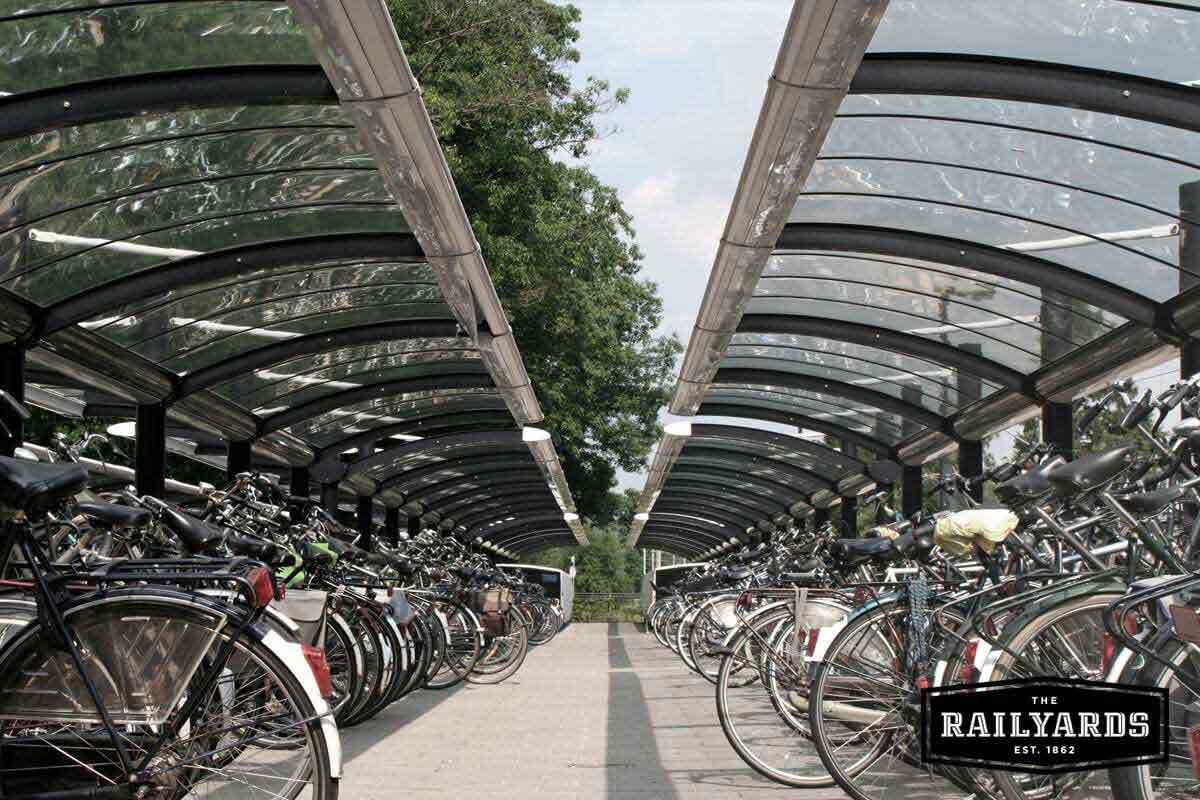
April 28, 2017 / Author: the Railyards
How do you measure the sustainability of a city? By using three pillars of sustainability: people, planet, and profit.
How do you measure the sustainability of a city? By using three pillars of sustainability: people, planet, and profit.
At least, that’s how design and consultancy firm Arcadis and the London-based Centre for Economic and Business Research assessed and ranked the sustainability of cities across the globe to come up with a list of the most successful and sustainable cities in the world.
Three Pillars of Sustainability
- People: Rates quality of life by assessing areas such as health, income equality, work-life balance, dependency ratio, crime, housing and living costs.
- Planet: Measures green factors such as energy consumption, renewable energy share, green space within cities, recycling and composting rates, greenhouse gas emissions, natural catastrophe risk, drinking water, sanitation, and air pollution.
- Profit: Ranks economic health by assessing transport infrastructure, ease of doing business, tourism, GDP per capita, connectivity in terms of mobile and broadband access, employment rates, and the city’s importance in global economic networks.
Ten Most Sustainable Cities in the World
According to the Arcadis Sustainable Cities Index
- Zurich, Switzerland
- Singapore
- Stockholm, Sweden
- Vienna, Austria
- London, UK
- Frankfurt, Germany
- Seoul, South Korea
- Hamburg, Germany
- Prague, Czech Republic
- Munich, Germany
The top ten spots were dominated by European nations, including three German cities.
North American cities didn’t make an appearance in any of the top 20 spots, but New York (#26), Boston (#34), San Francisco (#39), Seattle (#43), Washington (#44), Denver (#49), and Los Angeles (#50) earned the highest rankings of the US cities listed.
What can we learn from the cities that scored highest in sustainability?
#1: Prioritize Urban Sustainability
According to Arcadis, Zurich is setting the gold standard for urban sustainability. Zurich is pioneering a long-term goal of becoming a 2000-watt society by 2050; a goal for its people to use 2000 watts of energy per capita. Zurich has placed a priority on energy efficiency, renewable energies, sustainable buildings, and public transit.
Zurich’s public transit is regarded as a very sustainable model. Highly coordinated transportation traveling by trams, trains, buses, light rail and more makes transportation quick, simple, and affordable. Zurich’s public transportation efforts are so successful it’s been able to keep car ownership in the city below 50%.
#2: Plan for a Resilient Future
By 2050, the share of the world’s population living in urban areas is expected to increase by 66%. As cities and urban populations grow at a rapid rate, it’s critical that they plan for a sustainable and resilient future. Singapore is doing just that and finding balance as one of the world’s most dense and most livable cities.
Singapore’s approach to a sustainable future is looking to the sky; the city has embraced a mix of high-rise and low-rise buildings. Planning for a future of urban density doesn’t necessarily mean 50-story high-rise buildings, however. It does require high-quality urban design that anticipates the need of an increasing population.
#3: Connect People with Open Spaces and Gardens
Creating urban environments with plenty of green open spaces not only helps connect citizens with nature, added greenery also improves air quality and mitigates heat.
Hamburg’s Ministry for Urban Development and Environment has spent millions over the years on the maintenance of its street trees. In 2011 the German city made an additional investment of more than two million euros to fill the gaps in the streets left from felling trees in past years, and planted an additional 2,639 street trees.
Switzerland has also prioritized planting trees and investing in green, open spaces. Switzerland is specifically planting climate-resistant tree species to prepare Swiss cities for a warmer future. In Zurich, 43% of the municipal area is made up of parks, green spaces, and urban forests.
#4: Include Affordable Mixed-Use Neighborhoods
Singapore is demonstrating that diverse, mixed-use neighborhoods are a key element for a sustainable urban future. Singapore’s new towns have a mix of public and private developments which are served with a full range of easy-to-access, affordable facilities.
Both Singapore and Vienna have succeeded in meeting critical housing shortages with public housing programs. The two programs share a similar premise; the two cities have used subsidy programs and invested substantial government funds in construction and management to build a supply of affordable housing for their citizens. The majority of Vienna’s residents (60%) live in subsidized housing.
In Singapore, 82% of residents live in apartments built by the Housing Development Board (HBD). The city has put an emphasis on homeownership for its residents, offering substantial grants and awards for first-time buyers purchasing HBD apartments. Singapore residents are allowed to pull from their Singaporean social security program to make down payments and monthly mortgage payments.
#5: Seek Balance
The Arcadis report demonstrated that cities around the world could benefit from a better balance of the three pillars of sustainability: people, planet, and profit. Zurich, for example, may be leading in the overall ranking and the planet sub-index and doing well for economic sustainability (profit), but it only ranks in 27th place on the people sub-index. London is another city that performed well in overall, planet, and profit ranking, but is only in 37th place for people.
Stockholm and Vienna have achieved the best balance so far. Both of these cities appear in the top 15 rankings across each of the people, planet, and profit rankings.
According to Arcadis, the challenge of putting people at the heart of a city’s sustainability is one that many cities struggle with. A clear vision and identity for the city is the starting point of this process, and has the benefit of giving people, business and finance a much clearer idea of what will attract them to the city in question. The built and natural environment has a critical part to play in forming a city’s unique identity.
Using a people-first approach to planning is critical for addressing future urban density issues. These cities are showing that planning for a sustainable future isn’t easy, but it can be done.


